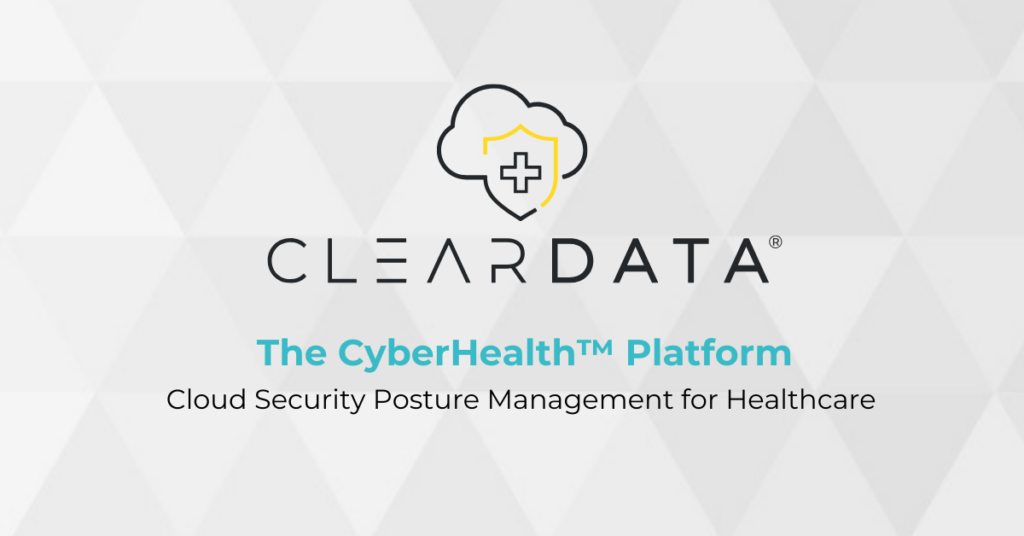Health IT Access Differs By Class And Race
A poll conducted by the Office of the National Coordinator for Health Information Technology revealed that patients who make less money, don’t have college educations, and live in the country are using certain health technologies in lower numbers: mobile applications, email, and portals with diagnostic findings.
Along with class differences, the ONC identified racial differences as well. One example is that Hispanic individuals were much less likely to access their test results than were Caucasians.
“These differences may partially be related to language barriers,” the ONC explained http://www.healthit.gov/sites/default/files/briefs/oncdatabrief26june2015consumerhealthit.pdf. “[W]e found that individuals who took the survey in Spanish had lower rates of looking up test results online and emailing their provider.”
There weren’t significant demographic differences for all types of patient health system access, though. It was just as common for racial minorities and economically underprivileged people to send text messages to a practice, which the ONC credited to the availability of texting on any phone and the ability to perform that task without a high-speed web connection. As indicated by that line of reasoning, other elements that tend to align with race and socioeconomic category – such as insurance and high-speed Internet – may be at play but were not directly addressed by the agency.
Although text messaging was even across the board, the amount of medical data access was incrementally higher in each class moving away from the poverty line. General web access was unaffected by other variables including age bracket, community of residence (urban, suburban, or rural), and race.
Furthermore, the lack of use by certain populations was not due to disinterest: after people in the other categories were given access, EHRs were used a similar amount by all the various social groups.
Digital access has often been limited due to security concerns, but the healthcare cloud https://www.cleardata.com/solutions/ is fundamentally HIPAA compliant.
Better Understanding The Data
Health Data Management noted http://www.healthdatamanagement.com/news/ONC-Survey-Finds-Disparities-for-Some-Health-IT-50640-1.html that the agency’s information, though released in 2015, was collected in 2013 – before rollout of initiatives including “Stage 2 meaningful use, Clinical Laboratory Improvement Amendments, and the expansion of the Blue Button Initiative, all designed to expand online access to individuals.”
Additionally, the agency pointed out that patient access and use was directly reliant upon provider EHR adoption. When providers make EHRs available, consumers get broader access to various forms of health IT: it’s about 200% likelier for patients to log in to PHI portals; email their clinics and hospitals; access diagnostic findings; and utilize mobile applications.
Benefiting From The Healthcare-Exclusive Cloud
The cloud plays a vital role in optimizing data interoperability to reduce medical errors and expedite recovery (as indicated by multiple peer-reviewed studies). Find out how we can help you broaden patient access to their information with our healthcare-exclusive cloud https://www.cleardata.com/solutions/.


